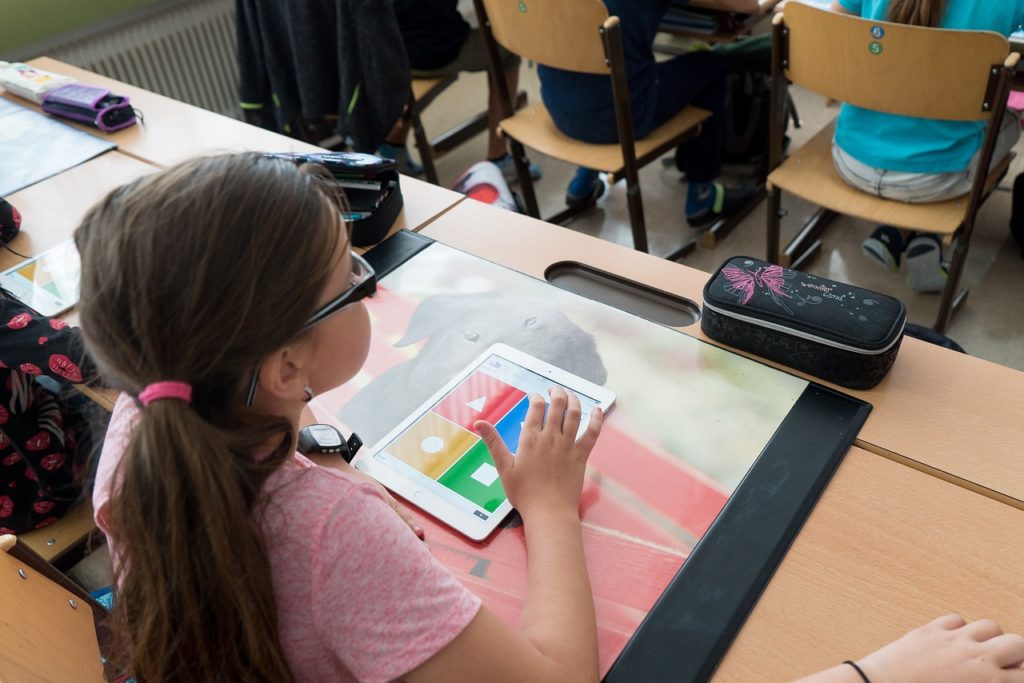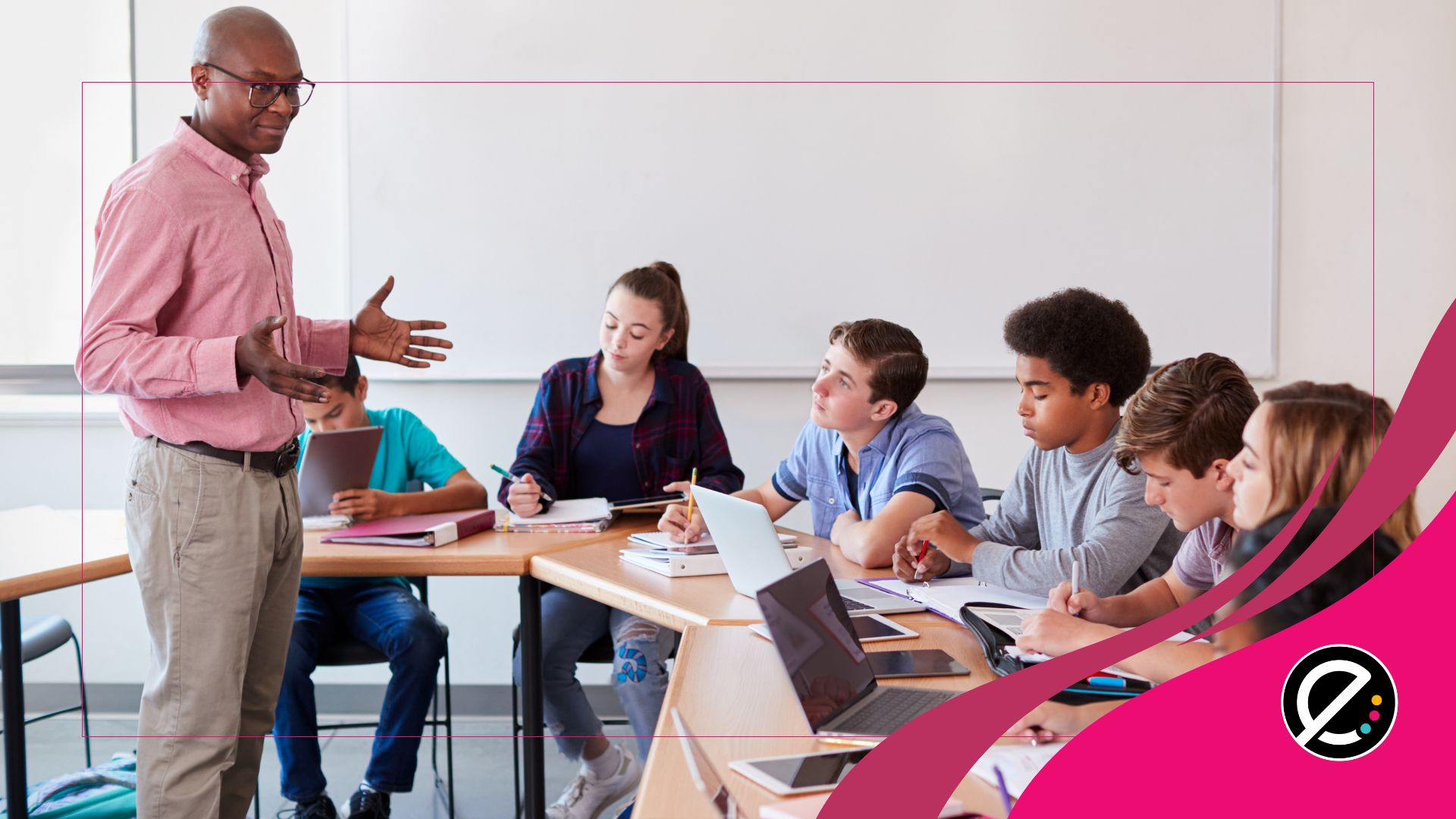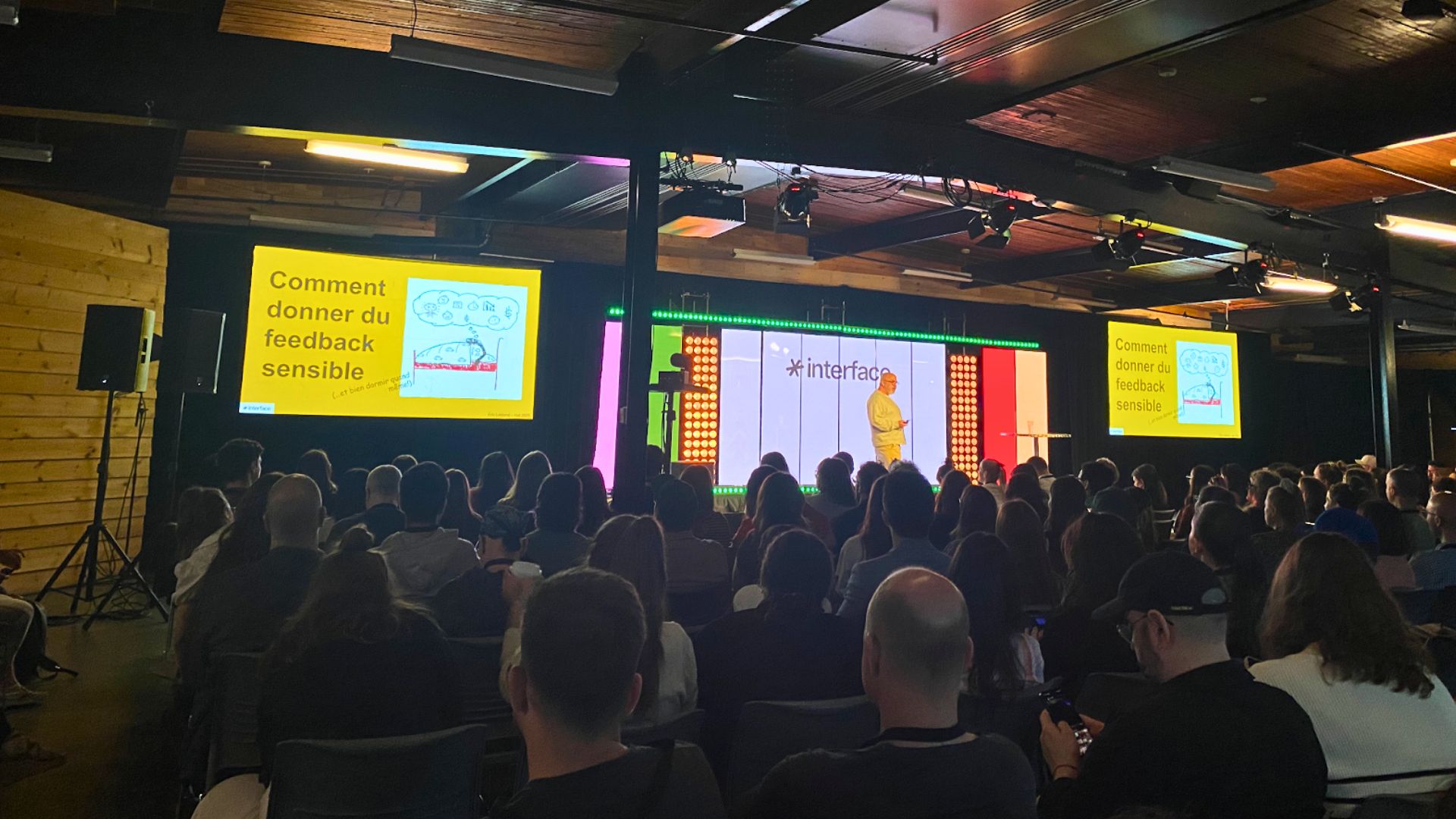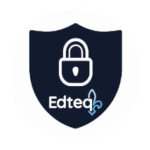Augmenter la motivation de leurs élèves en intégrant le numérique et en modifiant leur gestion de classe, c’est le défi qu’Anik Bédard et Sonia Lottinville s’étaient donné pour l’année 2019-2020. Si le projet des deux enseignantes de 5e année à l’école Saint-Charles de Drummondville a quelque peu été chamboulé par la pandémie, elles savourent aujourd’hui les retombées positives dans leur classe.
Avant de débuter le projet, les deux enseignantes évoluaient en coenseignement dans une classe flexible où elles utilisaient beaucoup le principe des ateliers pour faire travailler les élèves. Mentionnons que leur école utilise le système SCP (Soutien aux comportements positifs).
Elles ont commencé leur transformation par une évaluation de leurs besoins. Elles souhaitaient :
– Augmenter l’autonomie et l’implication des élèves;
– Avoir plus de temps pour faire de la différenciation pédagogique;
– Pouvoir faire des rencontres et des rétroactions individuelles plus fréquentes.
Afin de jeter les bases de leur virage numérique, les enseignantes avaient fait des démarches pour obtenir un ordinateur Chromebook par élève. Elles se sont abonnées à Classcraft, une plateforme en ligne qui, à travers un jeu de rôle, offre un système de gestion des comportements des élèves. Elles se sont aussi approprié différentes ressources numériques, « toujours en gardant en tête l’intention pédagogique avant de choisir un outil ».
Des effets positifs
C’est finalement à la rentrée de septembre 2020 que le virage numérique a véritablement pu s’opérer dans la classe des deux enseignantes. Au cours d’une conférence donnée pendant le colloque 2021 de l’AQUOPS, elles ont présenté des projets réalisés en classe depuis la rentrée : création d’un milieu aquatique avec Minecraft, écriture collaborative avec Canva, robotique, questionnaire sur les dimensions de la lecture, carte mentale, etc.
Elles ont aussi partagé la façon dont elles planifient les activités et l’organisation des journées types. Ainsi, les élèves ont toujours une routine à compléter le matin. L’avant-midi est ensuite consacré à de l’enseignement plus magistral, puis les élèves travaillent sur des projets en après-midi. Plusieurs outils qu’elles utilisent sont disponibles sur un site Web qu’elles ont créé et peuvent être utilisés par d’autres enseignants.
« Nous sommes en ajustement constant, mais nous observons déjà des impacts positifs pour les élèves. Ils sont plus engagés dans les projets. Ils sont plus rapides et efficaces. L’ordinateur est devenu un outil de travail plus qu’un outil pour jouer. Ils ont développé et apprécient le travail collaboratif », indique Sonia. « Les élèves sont aussi plus autonomes et, même lorsqu’ils s’absentent de l’école, ils continuent le travail de la maison », ajoute Anik.
Elles ont terminé leur présentation avec quatre conseils pour les enseignants qui envisagent d’effectuer un tel virage dans leur classe :
1. Limiter le nombre d’applications que vous utilisez et les réutiliser dans plusieurs projets.
2. Modifier une routine ou une activité quotidienne déjà existante pour débuter (ex. routine du matin ou ateliers).
3. Accepter que les élèves vous montrent des choses.
4. Accepter que les élèves ne fassent pas tous la même chose en même temps.
Elles ont conclu par un dernier conseil : ayez du plaisir avant tout et n’ayez pas peur d’essayer de nouvelles façons de faire!
La présentation des deux enseignantes est disponible en ligne.














